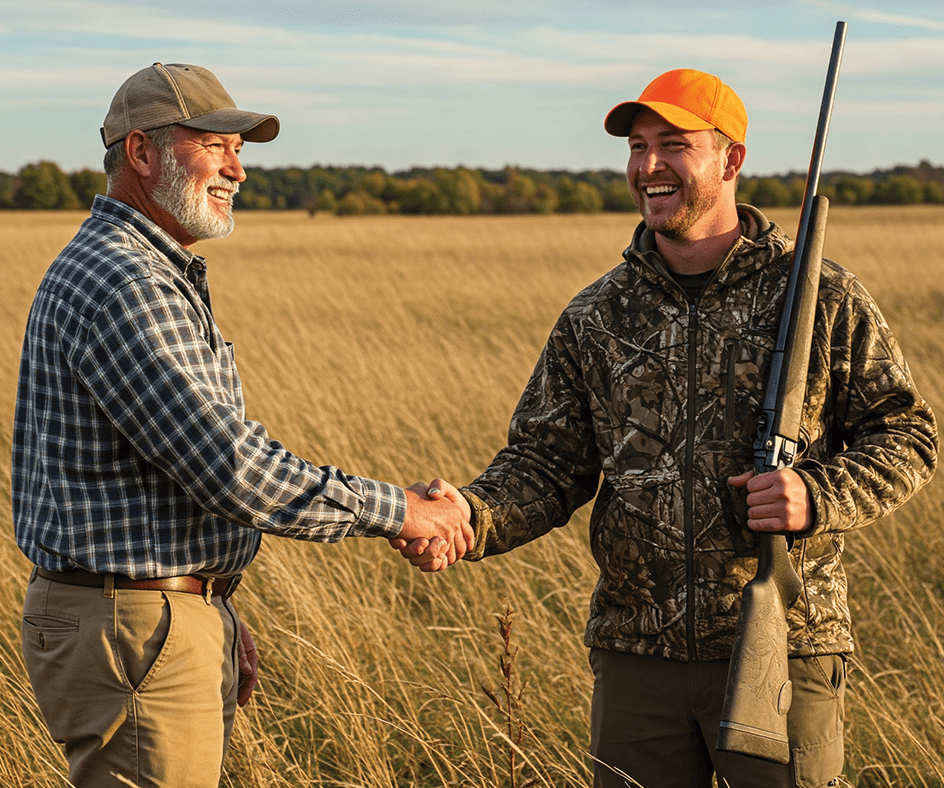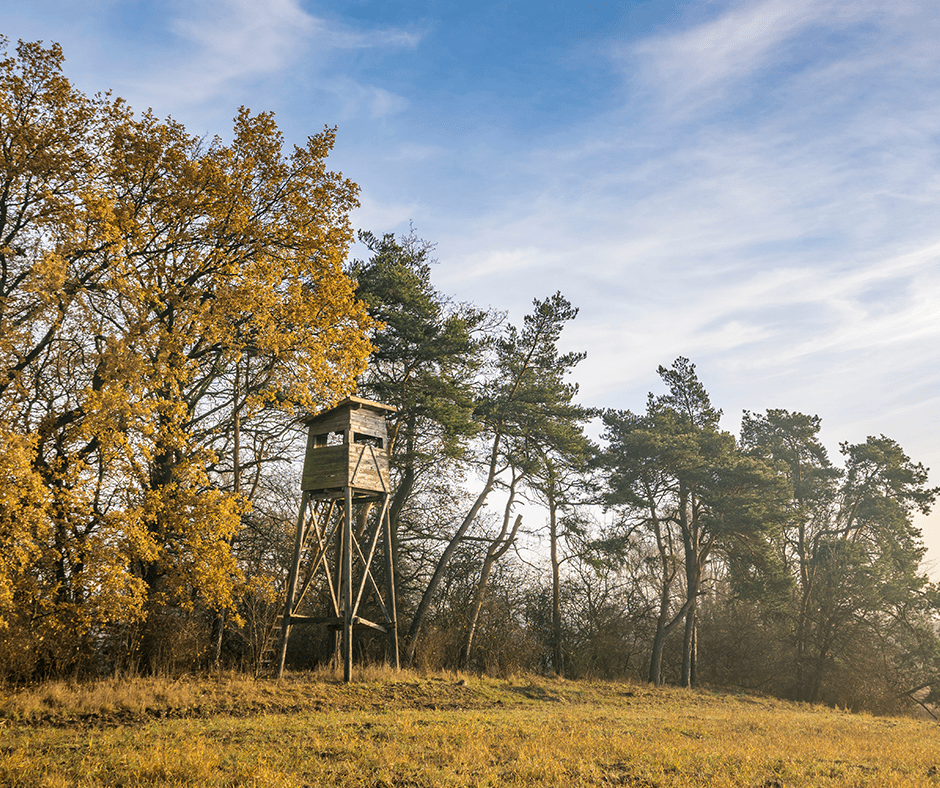From A Tree Stand To A Duck Blind
From time to time we have articles written and submitted for AHLA members by hunting professionals, hunting industry insiders or maybe even one of you! If you have an interesting story to share or a unique way to make our members better hunters, please submit your articles to info@ahuntinglease.org. There is nothing better than reading about the adventures or successes of our members!
This month Jake Teal, owner of JT Calls shares what it is about waterfowl hunting that gets him out of a tree stand and into a duck blind in November. JT Calls has grown tremendously over the last couple of years due to his passion, talent and work ethic. You can follow Jake and his company on Instagram @jt_calls.
Last year in the United States over 10 million deer hunters took to the woods, but only about 1 million hunters suited up and headed out to call and outsmart waterfowl. I have always enjoyed my time in a tree stand, but I find it odd that so few outdoorsmen and women ever get into waterfowl hunting. I think there are many factors that prevent hunters from getting into waterfowling, but as its own sport, and a nice break from the tree stand, it is vastly overlooked. Waterfowl hunting presents entirely different challenges and rewards not found in the deer woods. For me the draw to hunt birds is that you have to totally and completely fool them rather than just hide from them. You have to use ALL of the tools in your trick bag: camo, calls and decoys. When you get a flock of ducks to commit to your decoy spread, it is one of the most rewarding feelings in all of the outdoors. Watching a flock of ducks circle overhead and respond to your calling is an experience I wish everyone could have.
Maybe the biggest draw for me is the camaraderie. While deer hunting is more of a solo mission where you sit alone for hours on end waiting to hear footsteps in the leaves, chasing ducks and geese is a complete group effort. Everyone has a part setting up decoys and getting the blinds ready and then we all sit bantering back and forth, laughing and talking about or families while we wait for the next flock to come in.
One key aspect that separates waterfowl hunting from deer hunting is the amount of time spent scouting and preparing to hunt that must be put in. It’s possible to lease a piece of ground or find public land and walk around it in a day or two. Once you discover the best deer sign, you hang stand nearby and wait. Odds are at least pretty good that you will have an opportunity to kill a deer.
Not so easy in the world of waterfowl hunting.
Duck and goose hunters routinely put thousands of miles on their trucks every year in an attempt to find the right field that birds are feeding in consistently. Finding a feed is just the beginning. Once you have them located, you have to gain permission, get all of the guys together and form a plan.
Where in the field should we set up? Where will we hide? How many decoys should we use? Which way is the wind going to blow and so on. Early in the season when new crops are coming out every day the birds change feeds just as fast! Staying one step ahead of them is a challenge to say the least. Time is of the essence, if you don’t move fast and stay on them, you may have to start the whole process over again.
Like anything waterfowling has its pros and cons, but for me and many others, the rewards far outweigh the struggles. It isn’t really something that I recommend you dive into all by yourself. The easiest and most productive thing to do is to find a group of guys and ask if you can tag along. I know I have never turned down another set of arms carrying decoys from the truck! Even if you never pull the trigger, sitting and watching birds work the spread will have you hooked for life. Then like me, you will spend cold November mornings trying to figure out what type of camo to wear when you leave the house.



Leave A Comment